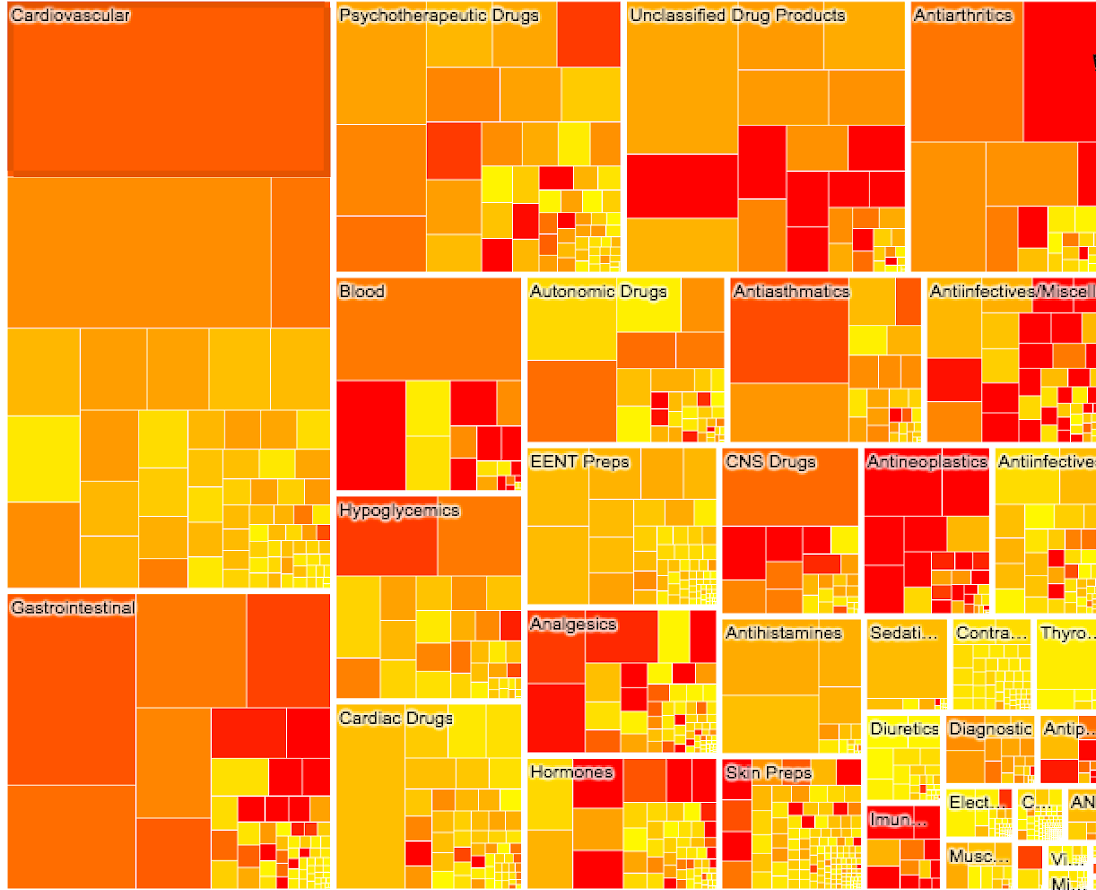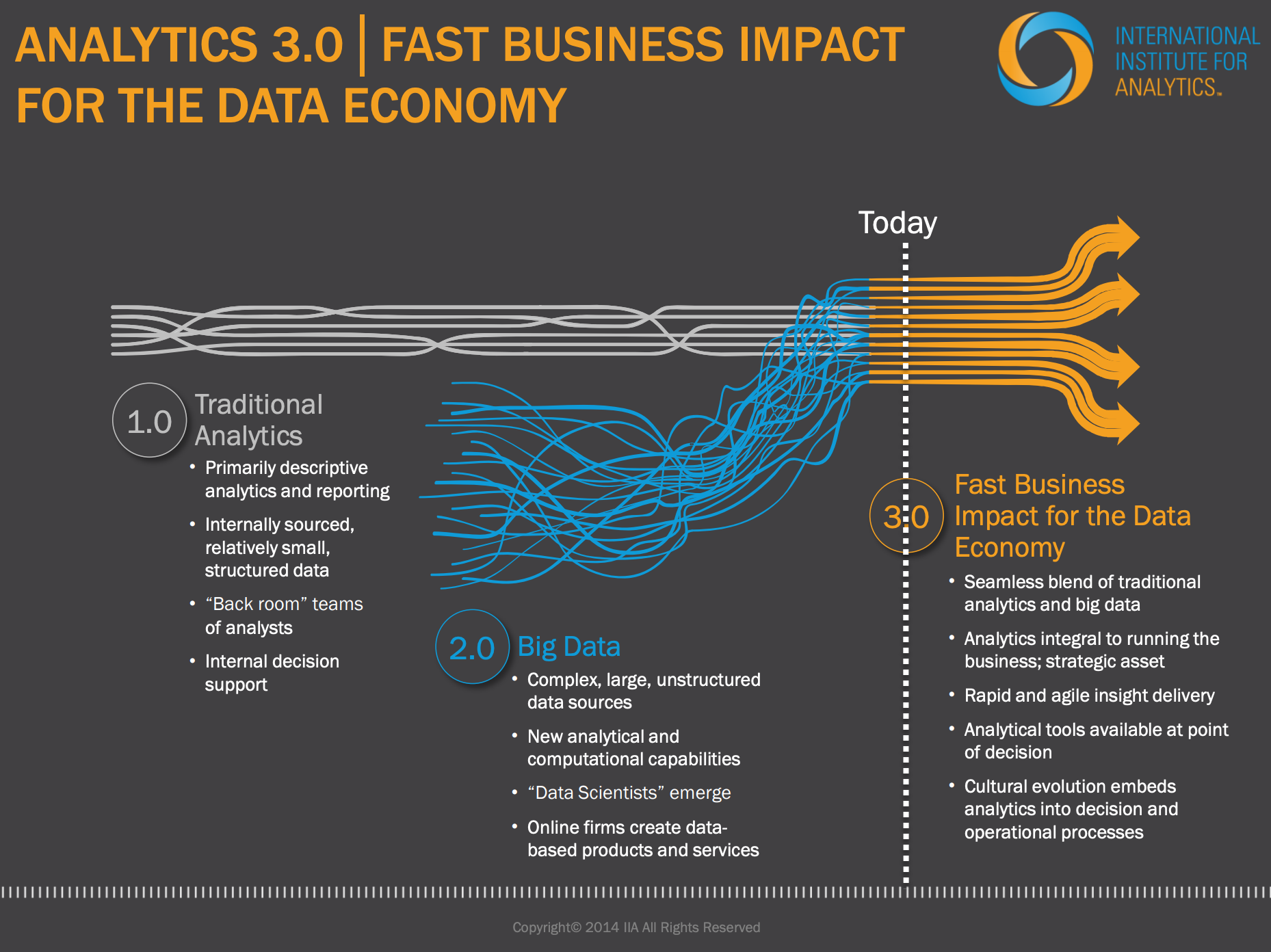It is the the New Year, my favorite time for New Year’s resolutions. Time to look inward to see how we can change ourselves to change your world.
If you’re responsible for a data product or analytical solution, you might consider a little self-reflection in pursuit of a better solution for your customers. Here are a few places to start:
Empathy
the ability to understand and share the feelings of another.
When it comes to data products, you’ll want to foster empathy for the users of your data. More likely than not, they have concerns such as:
Your data may replace their power in the decision-making process.
They don’t have the data fluency skills to properly interpret the data and what it means for their decisions.
They are afraid of changes that will impact how they do their work.
Appreciating and acknowledging these fears is a first step in building trust with your users.
Learn to flow
“I would love to live like a river flows, carried by the surprise of its own unfolding.” — John O’Donohue
We all a little guilty of wanting to make others bend to our view of how things should work. This year, you may resolve instead to “flow like water.”
Data products should enhance how people make decisions, giving them the right information at the right time. This is best accomplished when the data product can fit into the existing workflows so you are augmenting the user’s role rather than trying to change it.
Patience
“Wise to resolve, and patient to perform.” — Homer
Patience is accepting that progress takes baby steps. This is a critical skill to help manage your data product ambitions. The possibilities for analytical features can seem limitless — there are so many questions that should be asked and answered.
Beware this temptation. You’ll want to find the most impactful data first to allow your users to learn what they can learn. Before you try to do it all, have the patience to gather feedback and plan your next release.
Growth mindset
“People believe that their most basic abilities can be developed through dedication and hard work.” — Carol Dweck
Analytics is best served by a growth mindset, the belief that taking on a challenge (and sometimes failing) with expand one’s mind and open up new horizons. Useful analysis begets questions, which leads to more analysis and even better questions.
As a data product manager, you want to encourage this growth mindset in your customers, encouraging and enabling them to expand their understanding of their world.
Inclusive
“We are less when we don't include everyone.” — Stuart Milk
Every year I tell myself I need to be better at meeting new people and keeping up with old friends. It’s a good ambition if you are leading efforts on a data products. It takes a diverse set of roles to get the support and commitment in your organization. Have you gotten legal on board? How about IT security? Does marketing and sales understand the value of your data product and who you are trying to target? You may need to change the way people think about making use of data to build company-wide support for your solution.







































